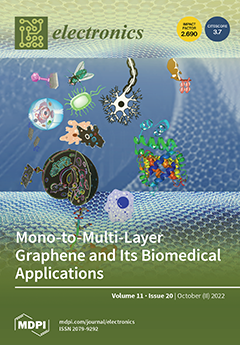Finances represent one of the key requirements to perform any useful activity for humanity. Financial markets, e.g., stock markets, forex, and mercantile exchanges, etc., provide the opportunity to anyone to invest and generate finances. However, to reap maximum benefits from these financial markets,
[...] Read more.
Finances represent one of the key requirements to perform any useful activity for humanity. Financial markets, e.g., stock markets, forex, and mercantile exchanges, etc., provide the opportunity to anyone to invest and generate finances. However, to reap maximum benefits from these financial markets, effective decision making is required to identify the trade directions, e.g., going long/short by analyzing all the influential factors, e.g., price action, economic policies, and supply/demand estimation, in a timely manner. In this regard, analysis of the financial news and Twitter posts plays a significant role to predict the future behavior of financial markets, public sentiment estimation, and systematic/idiosyncratic risk estimation. In this paper, our proposed work aims to analyze the Twitter posts and Google Finance data to predict the future behavior of the stock markets (one of the key financial markets) in a particular time frame, i.e., hourly, daily, weekly, etc., through a novel StockSentiWordNet (SSWN) model. The proposed SSWN model extends the standard opinion lexicon named SentiWordNet (SWN) through the terms specifically related to the stock markets to train extreme learning machine (ELM) and recurrent neural network (RNN) for stock price prediction. The experiments are performed on two datasets, i.e., Sentiment140 and Twitter datasets, and achieved the accuracy value of 86.06%. Findings show that our work outperforms the state-of-the-art approaches with respect to overall accuracy. In future, we plan to enhance the capability of our method by adding other popular social media, e.g., Facebook and Google News etc.
Full article





